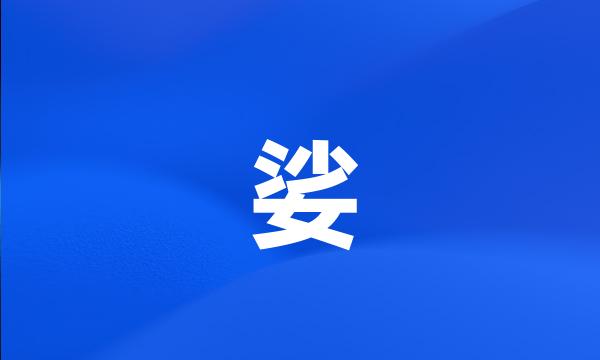娑
suō
- 音节in pósuō 婆娑
 娑
娑 娑
-
〔婆~〕见“婆”。(pó )。
-
〔~~〕轻扬、松散的样子,如“修初服之~~兮,长余佩之参参
娑[suō]
-
这样,毗耶娑仅是通过背诵难记的诗句,就可以从不间断的谈话中复原一小部分,而甘尼萨却并不能明白。
In this way , vyasa might recuperate a bit from his continuous talking by simply reciting a difficult verse which Ganesha could not understand .
-
依照传统,它们是在都瓦帕尔年代(青铜年代)的末期由毗耶娑编写,现代学者则把它认定为公元后头一个千禧年的下半叶。
According to tradition they were written by Vyasa at the end of Dvapara Yuga , while modern scholarship dates them to the latter half of the first millennium AD.
-
在史诗《摩诃婆罗多》的第一部分,据说圣人毗耶娑要求甘尼萨转录他口述的诗。
In the first part of the epic poem mahabharata , it is written that the sage vyasa asked Ganesha to transcribe the poem as he dictated it to him .
